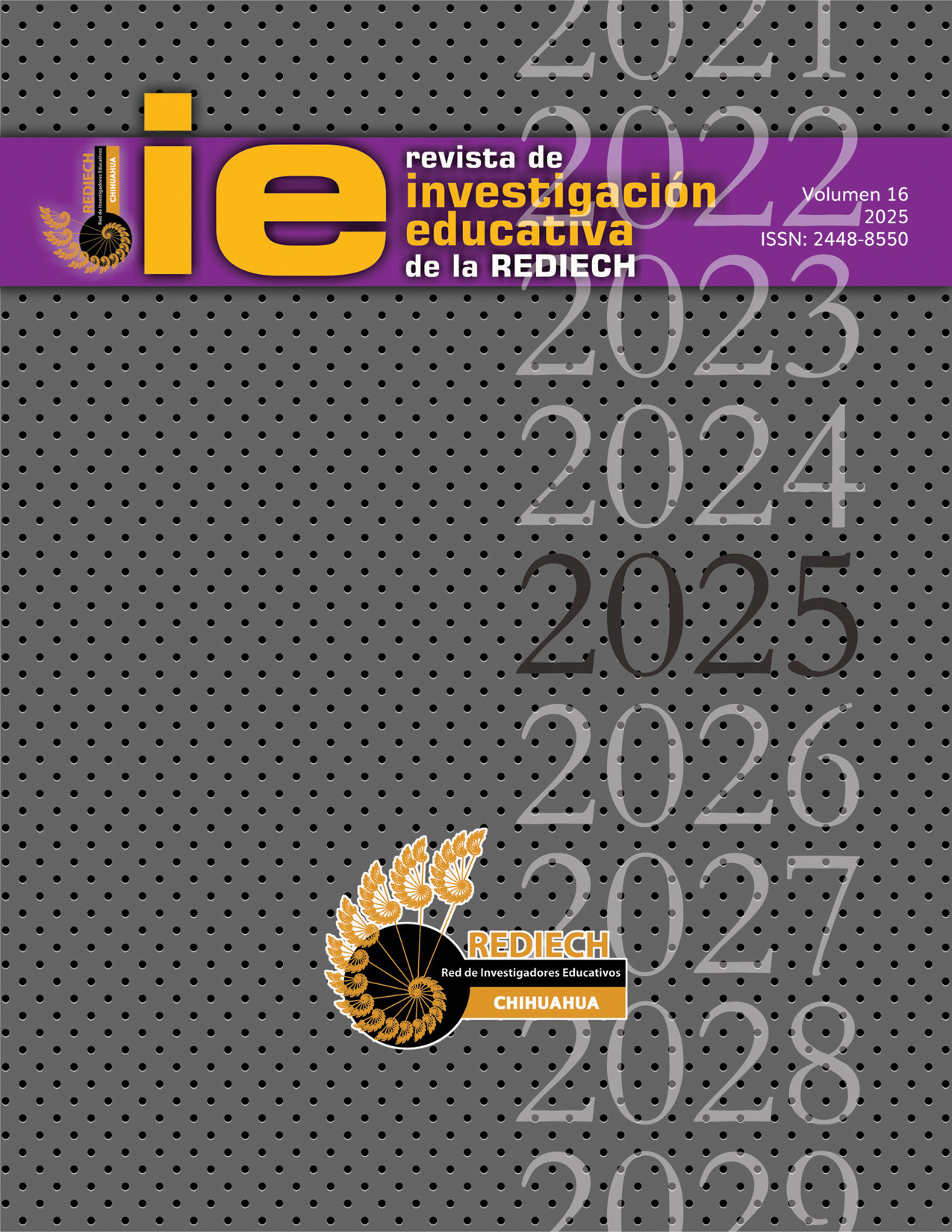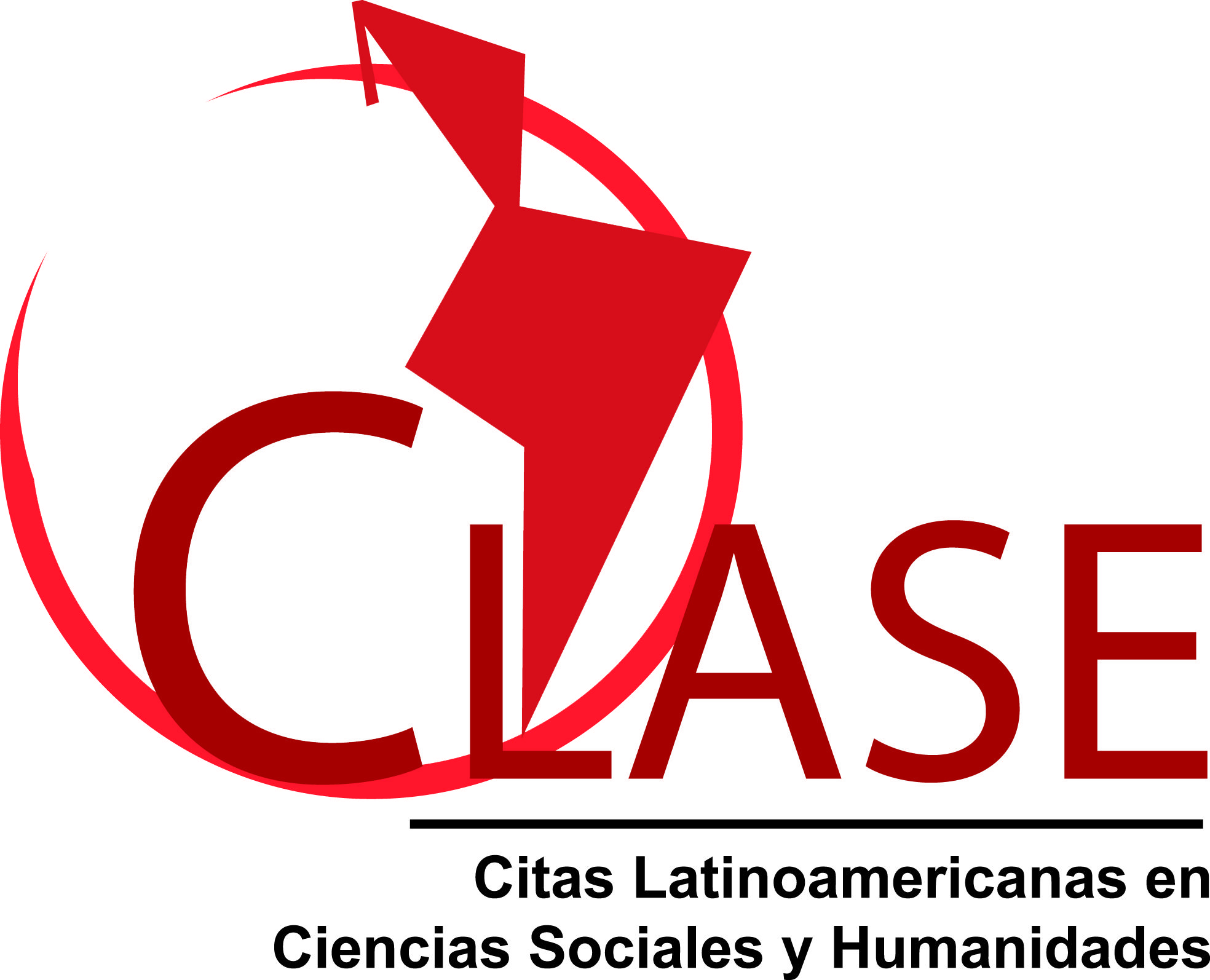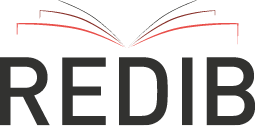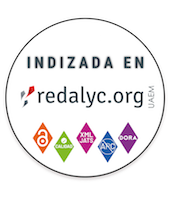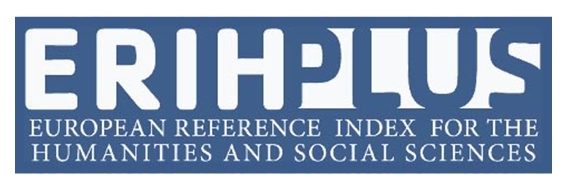New virtual educational reality, a view from the perspective of higher education teachers
DOI:
https://doi.org/10.33010/ie_rie_rediech.v16i0.2290Keywords:
virtual learning environments, integral education, motivationAbstract
As a result of the pandemic, higher education institutions had to implement a virtual educational model, aimed at the use of ICT, which allows teaching and learning in different scenarios. This research aimed to analyze the elements contemplated by the new virtual educational reality, from the perspective of higher education teachers, based on virtual learning environments, motivation, and integral education. The methodology was developed in three stages: a) design, scope, and sample population; b) application of the instrument; c) frequency, comparative, correlational, and factor analysis. Under these conditions, the most outstanding results indicate that virtual learning environments are more related to the factors of integral education than to motivation, but the circumstances lead that, to overcome the active methodologies, use of ICT and class planning, it is necessary to consider the social reinforcement of students and the use of playful activities.
References
Abril, M. (2018). Motivación del aprendizaje en línea. Panorama, 12(22), 42-56. https://www.redalyc.org/journal/3439/343968243005/html/
Alirio, E., Poveda, Y., y Escudero, C. (2012). Desigualdad de Chebyshev bidimensional. Scientia Et Technica, 17(51), 242-246. https://www.redalyc.org/pdf/849/84923910036.pdf
Bravo, R. (2021). Comunicación efectiva a través de la virtualidad en la formación universitaria. Dilemas Contemporáneos, 8, 5. https://www.scielo.org.mx/scielo.php?script=sci_arttext&pid=S2007-78902021000500005
Cadena-Iñiguez, P., Rendón-Medel, R., Aguilar-Ávila, J., Salinas-Cruz, E., de la Cruz-Morales, F., y Sangerman-Jarquín, D. (2017). Métodos cuantitativos, métodos cualitativos o su combinación en la investigación: un acercamiento en las ciencias sociales. Remexca Revista Mexicana de Ciencias Agrícolas, 8(7), 1603-1617. https://www.redalyc.org/pdf/2631/263153520009.pdf
Casanova, S. (2021). Motivación académica durante el confinamiento por COVID-19 en estudiantes de educación superior. Revista de la Facultad de Contaduría y Ciencias Administativas, 6(12), 64-74. https://www.researchgate.net/publication/379147672_Motivacion_academica_durante_el_confinamiento_por_COVID-19_en_estudiantes_de_educacion_superior
Chibás-Ortiz, F., Borroto-Carmona, G., y De-Almeida-Santos, F. (2014). Gestión de la creatividad en entornos virtuales de aprendizaje colaborativos: un proyecto corporativo de EAD. Comunicar, 22(43), 143-151. http://doi.org/10.3916/C43-2014-14
Cobos, D., Galán, J., y López, E. (2019). La educación superior en el siglo XXI: nuevas características profesionales y científicas. UMET. https://dialnet.unirioja.es/servlet/libro?codigo=699509
Cochran, W. (1976). Técnicas de muestreo. Continental. https://www.studocu.com/latam/document/universidad-central-de-venezuela/estadistica-aplicada/tecnicas-de-muestreo-william-g-cochran-1ra-edicion/33269549
Creswell, J. W. (1994). Diseño de investigación. Aproximaciones cualitativas y cuantitativas. Sage.
George, D., y Mallery, P. (2016). IBM SPSS Statistics 23 step by step: A simple guide and reference. Routledge. https://knowledgezone.home.blog/wp-content/uploads/2019/05/wp-1558033893715.pdf
Hernández, R., Fernández, C., y Baptista, L. (2014). Metodología de la investigación (6a. ed.). McGraw-Hill. https://apiperiodico.jalisco.gob.mx/api/sites/periodicooficial.jalisco.gob.mx/files/metodologia_de_la_investigacion_-_roberto_hernandez_sampieri.pdf
Lara, P. (2021). El Covid-19: un análisis educativo a través de la perspectiva humana. Educere, 25(80), 207-217. https://www.redalyc.org/journal/356/35666280019/html/
Lewis, M., y Bruner, B. (2023, nov. 21). Chebyshev's Theorem | Formula, Usage & Examples [Video]. Study. https://study.com/learn/lesson/chebyshevtheorem.html#:~:text=El%20teorema%20de%20Chebyshev %20establece,desviaci%C3%B3n%20est%C3%A1ndar%20 de%20los%20datos
Martínez, V. (2013). Métodos, técnicas e instrumentos de investigación. guao.org. https://www.guao.org/sites/default/files/portafolio%20docente/M%C3%A9todos%2C%20t%C3%A9cnicas%20e%20instrumentos%20de%20investigaci%C3%B3n.pdf
Martínez, M. Á, y Pascual, I. (2013). La influencia de la enseñanza virtual sobre el pensamiento crítico de los profesores en formación. Profesorado. Revista de Currículum y Formación de Profesorado, 17(3), 293-306. https://www.redalyc.org/pdf/567/56729527017.pdf
Mejoredu [Comisión Nacional para la Mejora Continua de la Educación] (2022). La mejora continua de la educación, principios, marco de referencia y ejes de actuación. https://www.mejoredu.gob.mx/images/publicaciones/principios.pdf
Rodríguez, C. (2019, oct. 8). La percepción y el aprendizaje. Educa y Aprende. https://educayaprende.com/la-percepcion-y-el-aprendizaje/
UNESCO [Organización de las Naciones Unidas para la Educación, la Ciencia y la Cultura] (2020, ago.). La educación en tiempos de la pandemia de COVID-19 [Informe COVID-19 CEPAL-UNESCO]. https://unesdoc.unesco.org/ark:/48223/pf0000374075
Valencia, C. (2021). La educación virtual en el pensamiento crítico de los estudiantes universitarios. Desde el Sur, 13(2), e0018. https://doi.org/10.21142/DES-1302-2021-0018
Downloads
Published
How to Cite
Issue
Section
License
Copyright (c) 2025 Adriana Daniela Rodríguez Aguilar; María de los Ángeles González Holguín

This work is licensed under a Creative Commons Attribution-NonCommercial 4.0 International License.

